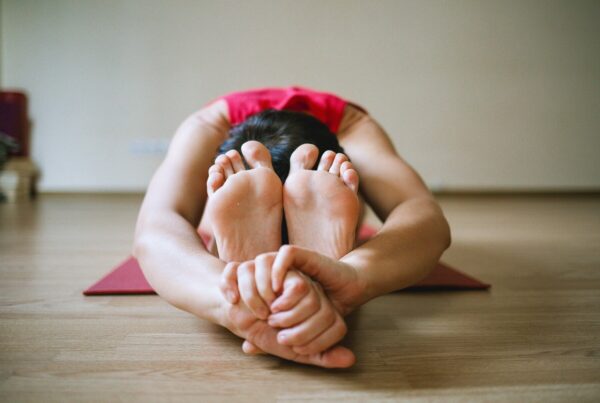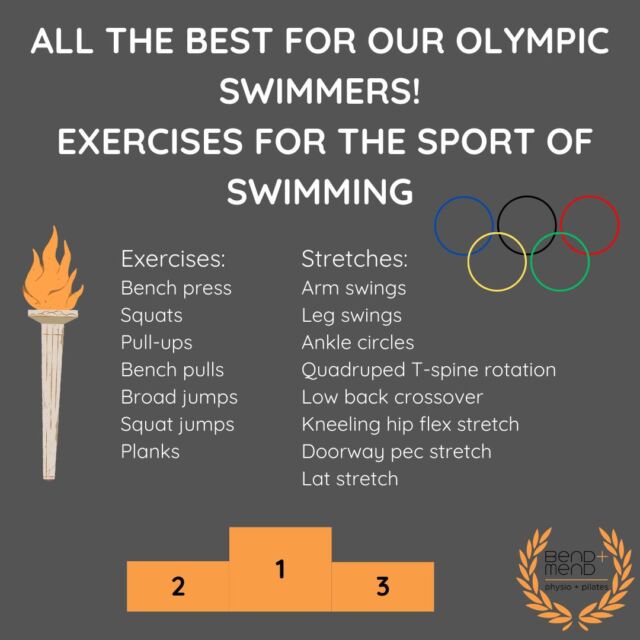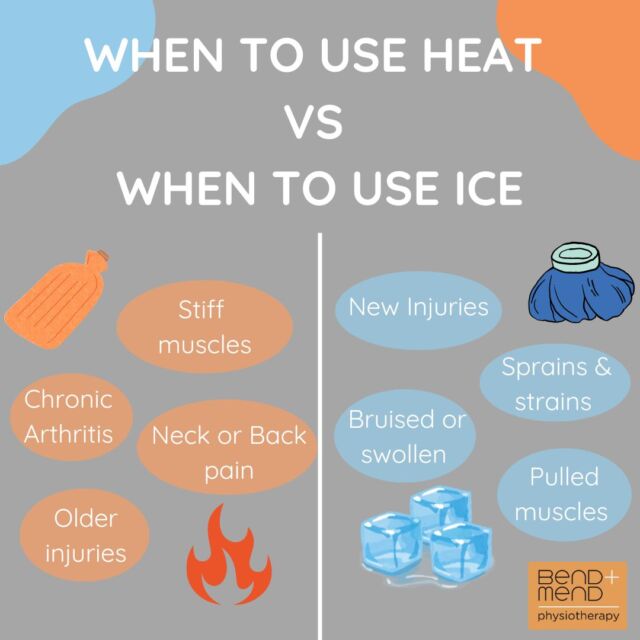Touch is a big part of our life. It is also one of the first senses we acquire as babies to explore the world around us. Touch can be used to communicate, strengthen connections and heal. It is a powerful universal language and can be so meaningful. Everybody remembers a cold hostile handshake or the feeling when you first held hands with someone special in your life. A hug can convey so many different emotions – affection, empathy, security or sadness.
A Physiotherapist uses the power of touch to communicate with your body. Palpation, feeling with the fingers or hands, is a very powerful assessment for pain and dysfunction in a physical examination. Furthermore, a Physiotherapist is skilled in manual therapy, the therapeutic touch, to help treat your injury or condition to heal.
Manual therapy is defined as “skilled hand movements intended to optimise any or all of the following effects: improve tissue extensibility; increase range of motion; mobilise or manipulate soft tissues and joints; induce relaxation; change muscle function; stabilise the joint complex; modulate pain; reduce soft tissue swelling, inflammation or movement restriction” by the International Federation of Orthopaedic Manipulative Physical Therapists (IFOMPT). There are various forms of manual therapy a Physiotherapist can deliver. The most common are soft tissue massage and joint mobilisation techniques.
Massage or Soft Tissue Therapy is a term to describe “manipulations of the soft tissues” used for “producing effects on the nervous, muscular, and respiratory systems and the local and general circulation of the blood and lymph.” These effects include but not limited to: the movement of oedema, venous blood, lymph and hematoma contents, as well as, the mobilisation of muscle fibres, tendons, subcutaneous tissue, skin and adhesions. Soft Tissue Therapy is used widely in sports to enhance athletic performance and alleviate symptoms of DOMS (delayed muscle onset soreness). Moreover, it is often an integral component of Physiotherapy treatment for musculoskeletal conditions, disorders and injuries. It can be used to relieve muscle tension and spasms, muscle relaxation, prevention of adhesions and pain relief, as well as, improve circulation, flow of nutrients and removal of wastes such as inflammatory exudate.
Joint mobilisations are “skilled passive movements that are applied at varying speeds and amplitudes…with the intent to restore optimal motion, function, and/or to reduce pain,” as defined by IFOMPT. This can be a physiological or an accessory movement. Passive physiological movements are movements a patient can perform actively (e.g. lifting your arm), whereas, accessory movements are movements a patient can’t perform actively but occur when a joint moves (e.g. glide). Joint mobilisations can actually be used as an assessment to determine the amount of movement and the provocation of pain in a joint, as well as, treatment for joint pain and stiffness. Joint mobilisations, as a treatment, can be quite effective due to proposed neurophysiological effects from the local responses in the joints, tissues and the brain.
Therefore, a Physiotherapist uses touch effectively, via hands-on manual therapy, to help treat your pain, condition or injury. Get in ‘touch’ with our highly trained Physiotherapists at Bend + Mend in Sydney’s CBD if you feel any aches, pains or stiffness and would benefit from manual therapy – the therapeutic touch.
References:
De Domenico, G. (2007). Beard’s Massage (5th ed.). St Louis, Saunders Elsevier.
International Federation of Orthopaedic Manual Physical Therapists (2016). Educational Standards in Orthopaedic Manipulative Therapy. Retrieved from https://www.ifompt.org/site/ifompt/IFOMPT%20Standards%20Document%20definitive%202016.pdf







